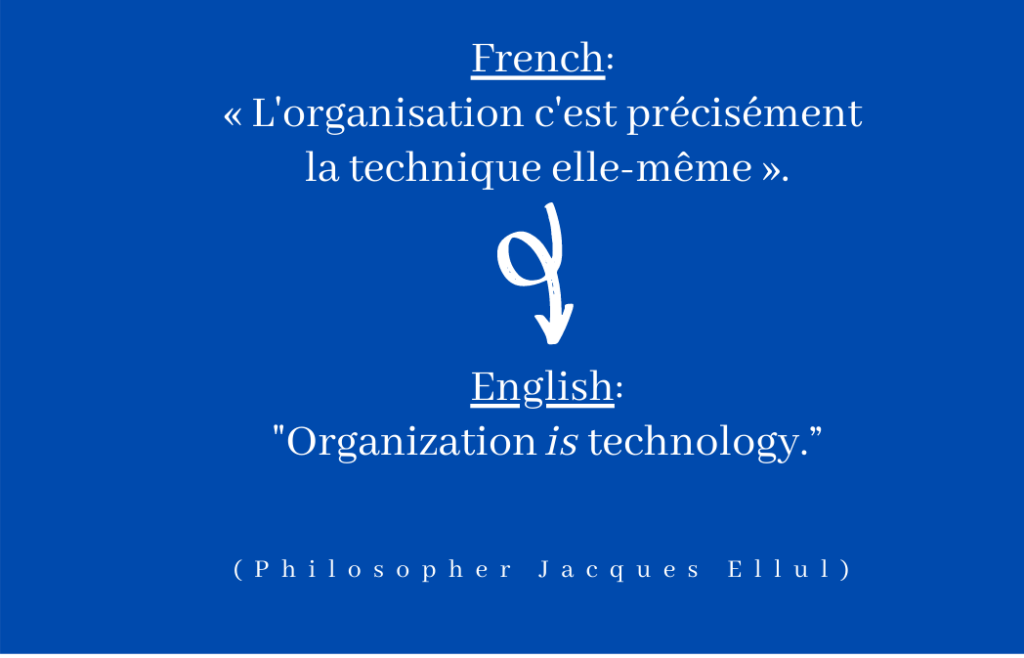2021
Text expansion and contraction in translation are important because they affect the space or time needed to accommodate a translated version of the original content. Translated text will always either be longer (text expansion) or shorter (text contraction) than the original text.
For European languages, when translation is from English into French, German, Spanish or Italian, for example, the amount of text can increase up to 30% or more. More words, characters or space maybe needed to express the same ideas faithfully. Each language has different grammar, sentence structure, syntax, word length, spacing and phrasing requirements that contribute to the different amounts of text needed to express the same concepts.
On the flip side, translation from European languages (including French) into English most often results in a contraction of the number words, characters and space needed to express the same ideas as found in the original language text. When translating from French to English, this can result in up to a 20% reduction due to text contraction.
This contraction may affect the layout of a document or online content. Text related to timed content such as voice overs may also be affected and require adjustments due to the amount of time a text takes to read—to make sure that any video content plays smoothly. The appearance of printed translated content must be carefully reviewed to make sure it conforms to expectations and requirements in the new language. In written (as opposed to spoken text) adjustments may be needed to the amount of white space, margins, web form field length, the size of fonts used, where line breaks are inserted and more.
Professional translators and multilingual typesetters specialize in making sure that the your and translated content is properly adjusted to accommodate for text contraction and expansion. If you need help with your French to English translations, I can help!


